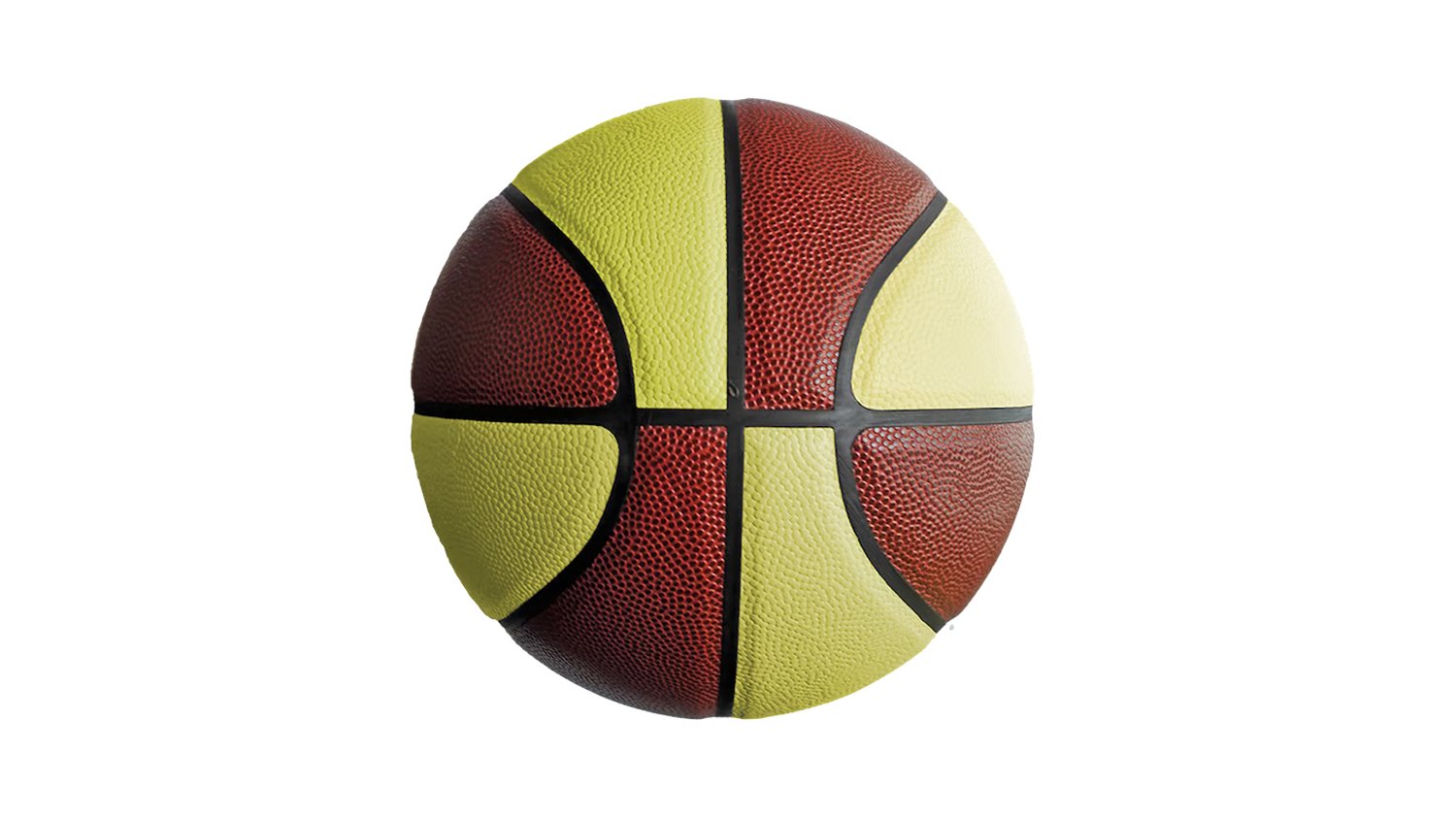Table of Contents

Understanding Basketball Sizes
When it comes to basketball sizes, there are different options available for players of all ages. The standard size for a basketball used in professional and college games is size 7. This size typically has a circumference of 29.5 inches and a weight of 22 ounces. However, for youth leagues and recreational play, smaller sizes such as size 6 (28.5 inches, 20 ounces) and size 5 (27.5 inches, 17 ounces) are also commonly used.
Impact of Ball Size on Performance
The size of the basketball can have a significant impact on a player's performance. Smaller balls are typically easier to handle and control, making them ideal for younger players or those with smaller hands. Larger balls, on the other hand, can improve shooting accuracy and dribbling skills for more experienced players. It's important for players to choose a ball size that is comfortable for them to maximize their performance on the court.
Regulation Weight for Basketball
In addition to size, the weight of a basketball is also an important factor to consider. A standard size 7 basketball used in professional and college games weighs around 22 ounces. This weight is designed to provide the right balance between ease of handling and shooting accuracy. For youth leagues and recreational play, lighter basketballs are often used to help younger players develop their skills without straining their wrists.
Material and Construction of Basketball
Basketballs are typically made of either leather or composite materials. Leather basketballs are more durable and provide a better grip, making them preferred for professional and competitive play. Composite basketballs, on the other hand, are more affordable and suitable for recreational use. The construction of the basketball, including the number of panels and internal bladder, can also impact the ball's performance and longevity.
Choosing the Right Basketball for You
When selecting a basketball, it's essential to consider your age, skill level, and playing environment. Younger players and beginners may benefit from using smaller and lighter basketballs to improve their handling and shooting skills. More advanced players may prefer regulation size and weight basketballs for better performance in competitive games. It's also important to consider the playing surface, as indoor and outdoor basketballs have different durability and grip levels.
Maintaining Your Basketball
Proper maintenance of your basketball is crucial to ensure its longevity and performance. Store your basketball in a cool, dry place when not in use to prevent damage from moisture and heat. Regularly clean your basketball with a mild soap and water to remove dirt and debris that can affect its grip. Checking the inflation level of your basketball regularly is also essential to maintain its bounce and shape.
The Evolution of Basketball Design
Over the years, basketball design has evolved to cater to the changing demands of the game. From the traditional leather basketballs used in early decades to the modern composite materials used in today's basketballs, manufacturers continue to innovate to improve performance and durability. The introduction of advanced technologies in basketball construction has led to balls that are more consistent in bounce and grip, enhancing the overall playing experience.
Impact of Basketball Sizes on Training
basketball sizes and weight play a crucial role in training and skill development for players of all levels. Using the right size and weight basketball can help players improve their ball-handling, shooting, and passing skills. Training with a variety of basketball sizes can also challenge players to adapt to different game situations and improve their overall performance on the court.
Professional Standards for Basketball Sizes and Weight
For professional and competitive basketball games, the standard size 7 basketball with a circumference of 29.5 inches and a weight of 22 ounces is mandated by official regulations. This standard ensures consistency and fairness in gameplay across different leagues and competitions. Players aspiring to compete at higher levels must familiarize themselves with the regulations regarding basketball sizes and weight to adhere to professional standards.
Conclusion
Basketball sizes and weight play a critical role in the performance and training of players at all levels. Understanding the differences in ball sizes, weights, materials, and construction can help players choose the right basketball for their needs. Whether you're a beginner learning the basics or a professional honing your skills, selecting the appropriate basketball can enhance your playing experience and improve your performance on the court.
